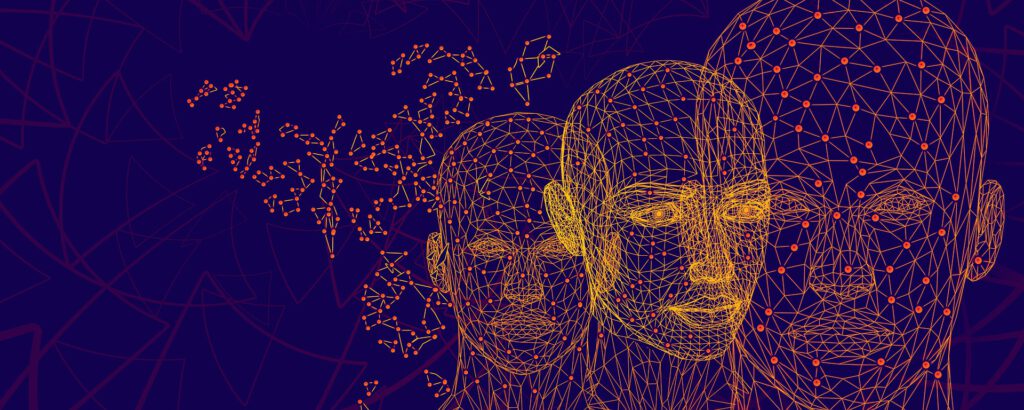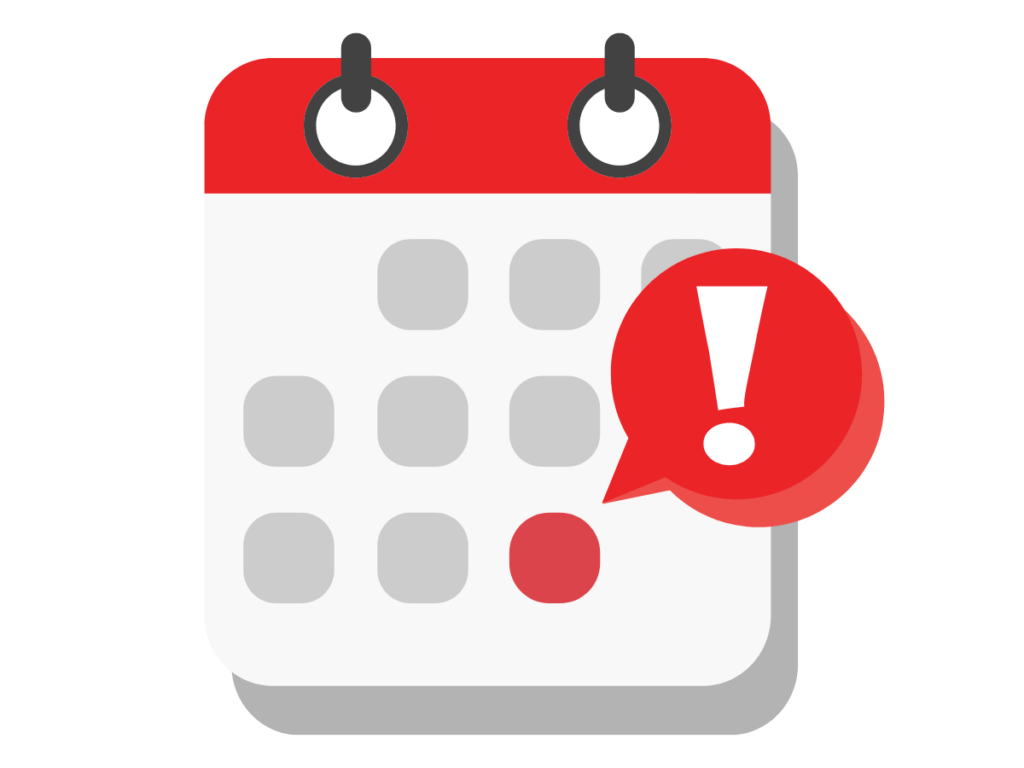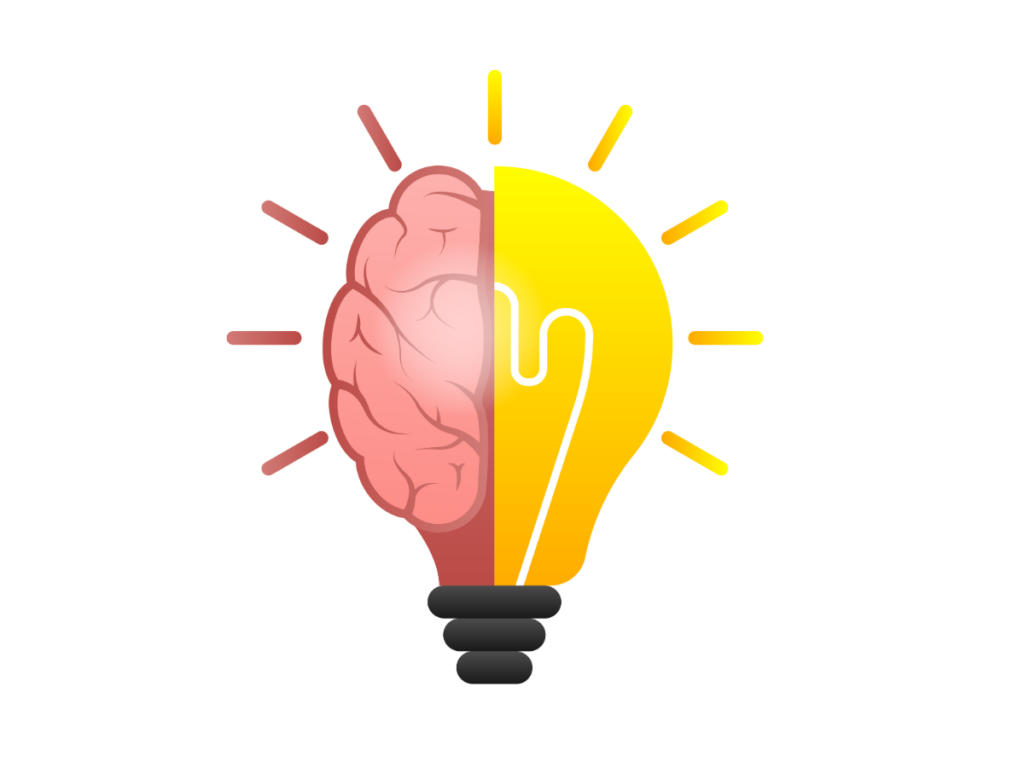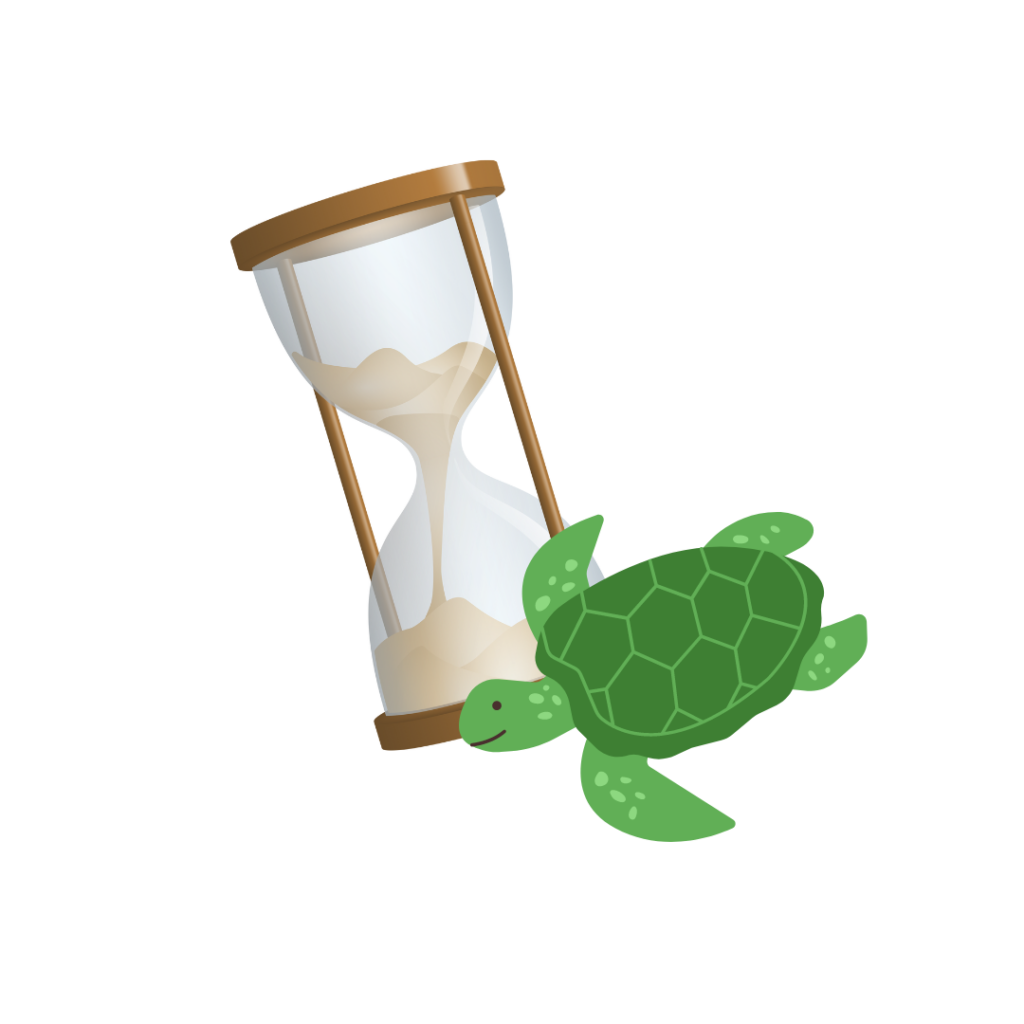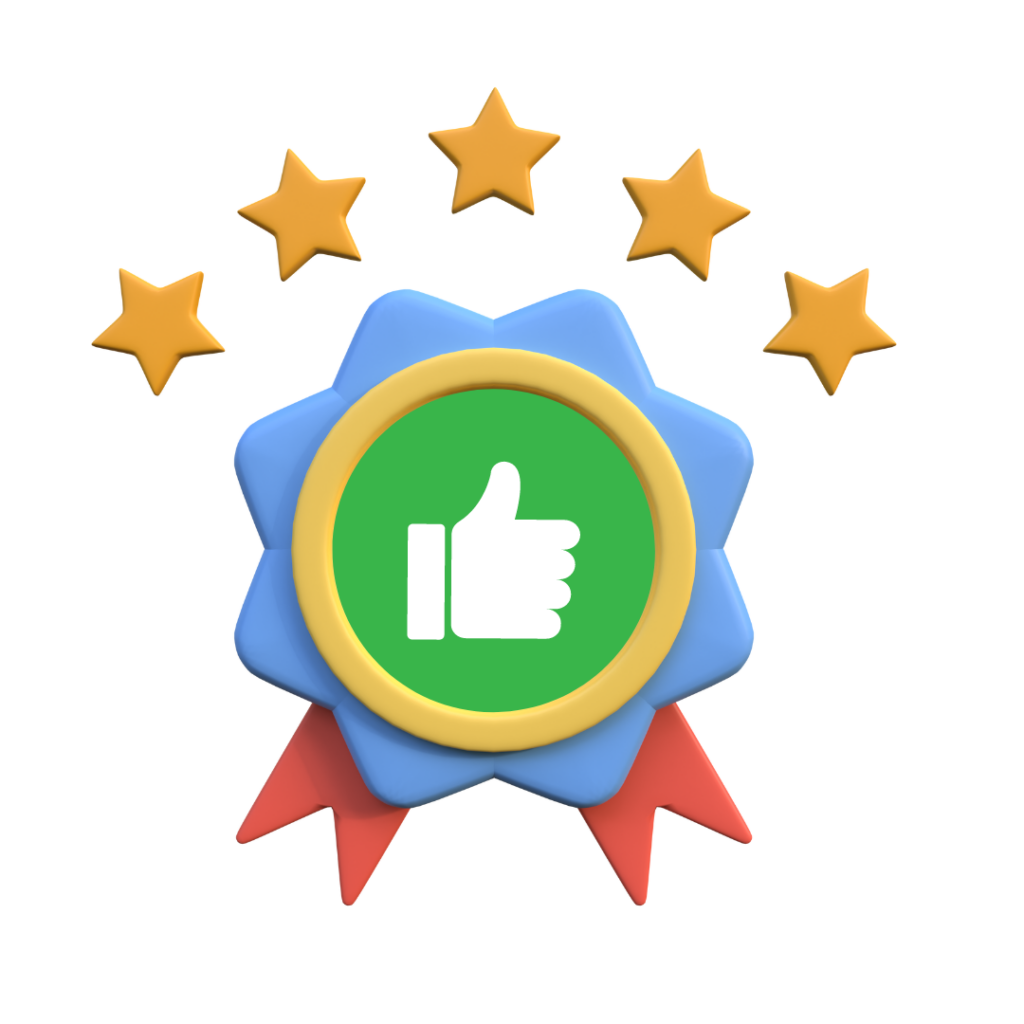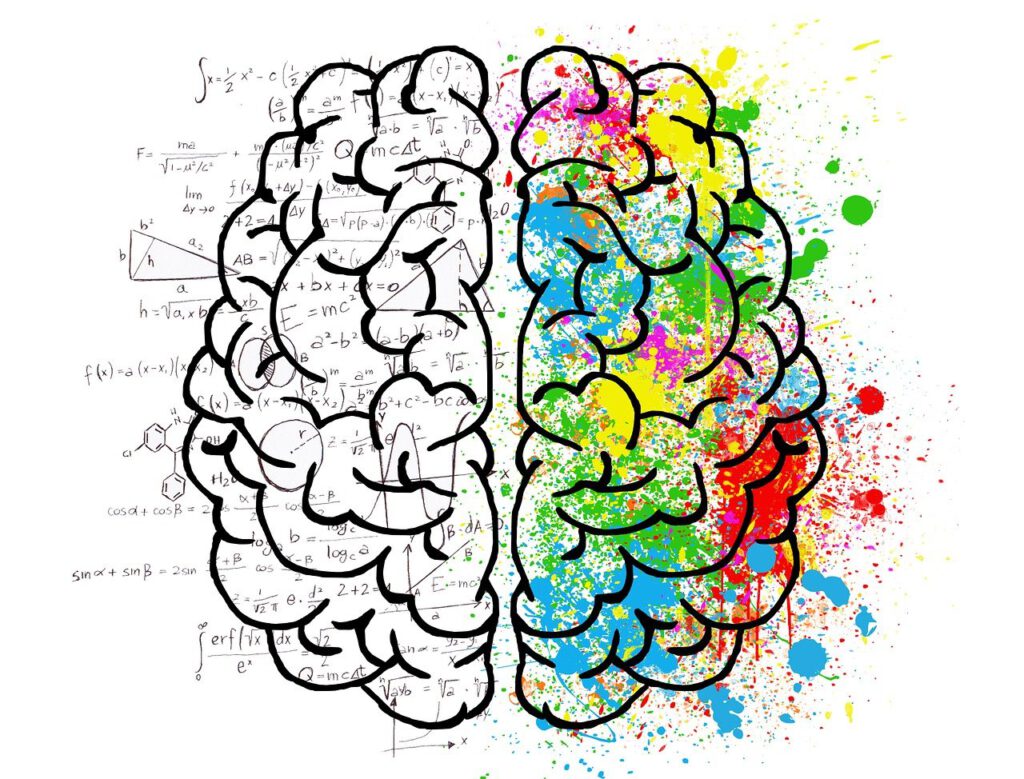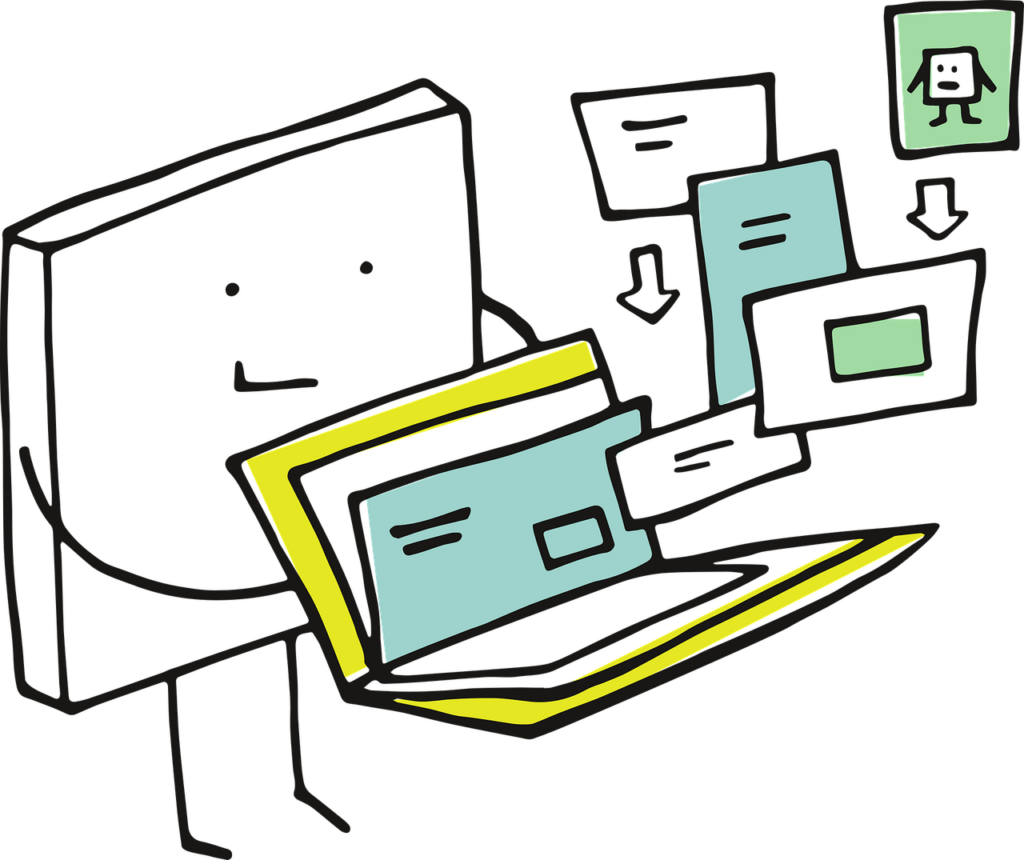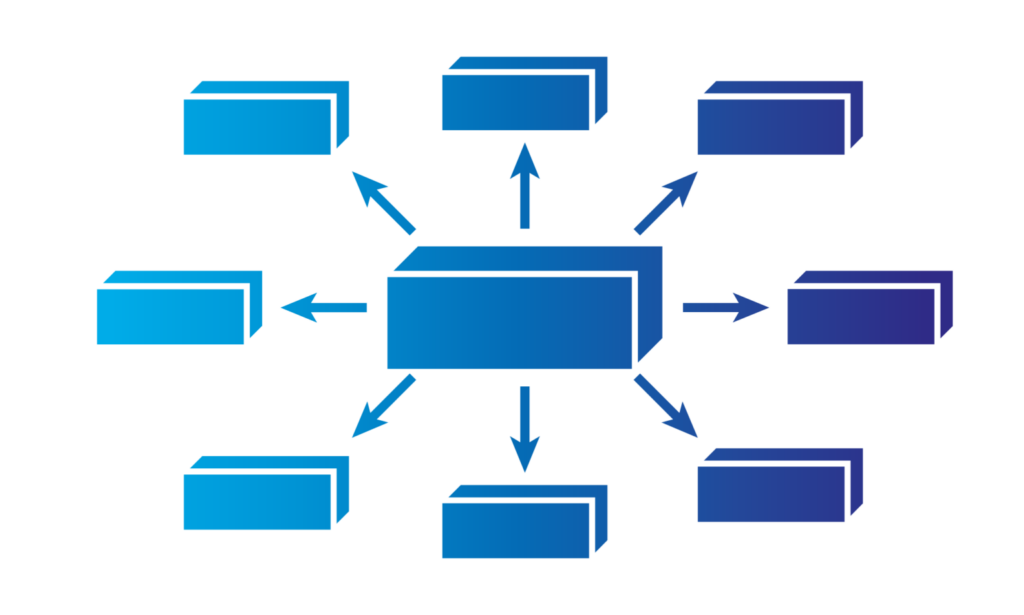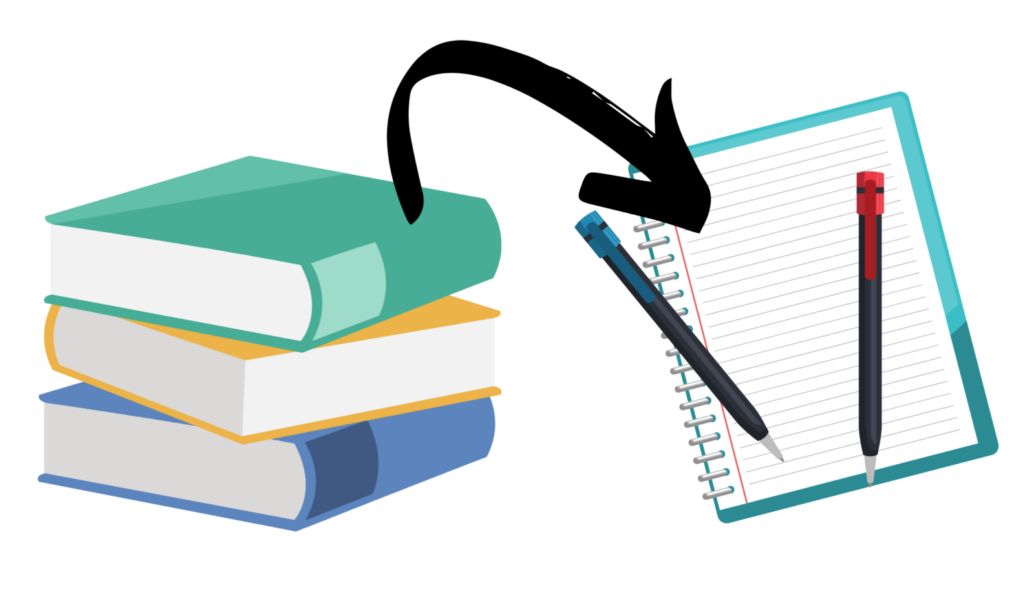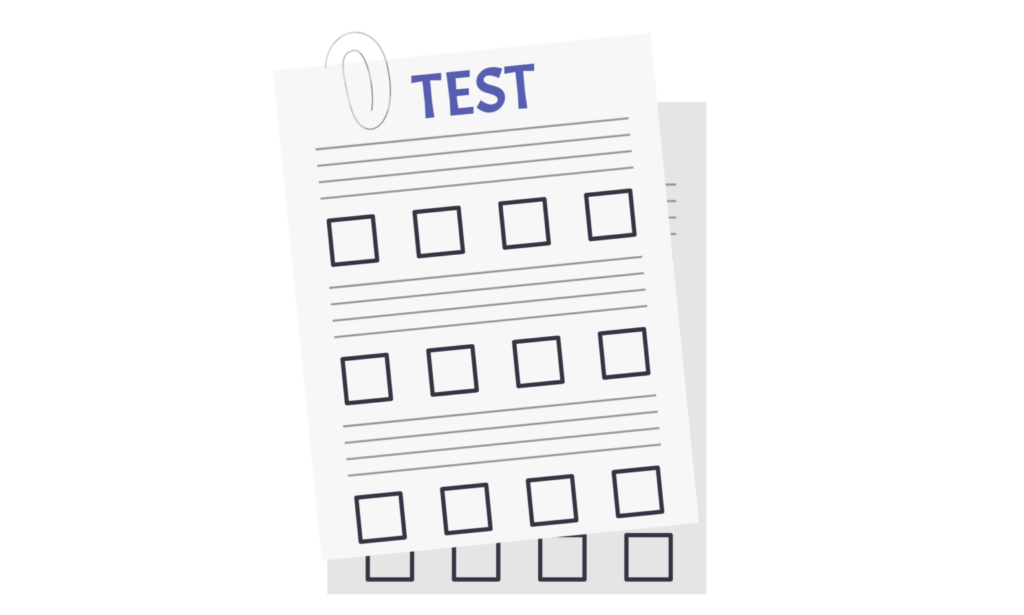You’re working on your thesis. You’ve got a topic, maybe even a research question, in mind.
It sounds okay, it makes sense, but if you’re being honest with yourself, it could have come straight from an outdated ChatGPT model. And it has almost nothing to do with actually problematizing a research gap.
So it’s fair to ask: how is this supposed to get you a top grade?
In this post, we’re going to look at how you can use the method of problematization to develop a research gap that is not just real, but also important. One that does more than simply add something small to the existing literature, and instead changes the way we think about the topic.
Let’s start with why so many research questions are fine but boring.
Most people think a good research question simply comes from finding a gap in the literature.
You are not alone if you think that way. Almost all students follow that logic, and many experienced researchers do as well.
The process usually goes like this: you read through the literature, you notice something that has not been studied yet, and you frame your research question around it. Logical, safe, and doable.
This is what is known as gap-spotting.
The problem is that this approach often leads to work that is solid but not very exciting. It adds to what is already there, but it does not question anything fundamental. And just because something has not been studied does not automatically mean it is worth studying.
By that logic, we could go out tomorrow and do a study on the optimal length of hugs between academic colleagues from different disciplines. That is definitely a gap. It is missing in the literature. But does the world really need that research? Probably not.
And I am not the only one pointing this out. Jörgen Sandberg and Mats Alvesson, two very well-known researchers, discussed exactly this problem in a much-cited paper from 2011. They asked a simple but challenging question: Why do we so rarely question our own ways of thinking in academia?
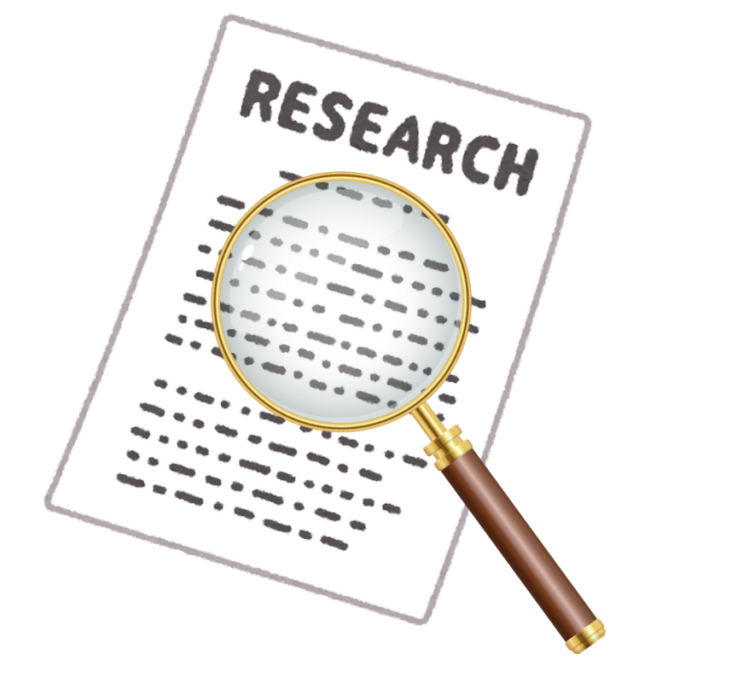
So, what exactly is gap-spotting?
Gap-spotting means actively looking for something that has not been studied yet. This could be because results in the literature are contradictory, because a topic has been overlooked, or because a theory has not yet been applied to a new context.
Sandberg and Alvesson describe three main types:
- Confusion spotting – where studies contradict each other and the goal is to clarify
- Neglect spotting – where a topic has been ignored or overlooked in research
- Application spotting – where an existing theory or concept has not been applied to a specific context yet
These approaches are common because they are easy to justify. You can clearly show that something has not been done, and you can position your research as filling that gap. It is straightforward to explain to supervisors and reviewers, and it fits neatly into academic expectations.
The downside is that gap-spotting almost always keeps you within the existing way of thinking. You are building on what is already there, but you are not questioning its foundations. You are staying inside the lines instead of redrawing the map.
And this is where problematization comes in.
Instead of asking, “What has not been studied yet?” problematization asks, “What assumptions are built into the existing research, and are those assumptions actually valid?”
It is about looking beyond the surface and asking what the research community might be taking for granted. You do not just rely on existing criticism, you create your own. You look for blind spots and for things that seem so obvious no one even questions them. Then you say, “Hang on a second…”
Problematization is not about destroying a theory or tearing down other people’s work. It is about taking the conversation further. It is a creative process that can lead to a deeper and more original contribution.
Let’s look at an example: digital distraction in higher education.
A gap-spotting question might sound like this:
“How do online streaming services affect students’ concentration in online lectures?”
The gap is obvious. There is already research on how social media affects concentration, but not much on Netflix. So you decide to fill that gap.
But what do we actually learn from that? That Netflix distracts students? Is anyone surprised?
Now let’s look at how problematization would approach the same topic.
You would ask yourself: What assumptions are built into the existing research on digital distraction?
Pretty quickly, you might see a whole list. For example:
- The assumption that attention is always good and distraction is always bad
- The idea that students should work like machines, staying perfectly focused and efficient at all times
- That learning only counts as good if it is uninterrupted
- And that technology is almost always treated as a negative influence in education
Once you have spotted those assumptions, your research question can change completely.
For example, you could ask:
“How is digital distraction among students represented in the academic literature, and what societal ideas about discipline and productivity are reflected in that portrayal?”
Or you could shift the focus to practice and ask:
“How do students themselves experience digital distraction, and how does their perspective differ from the academic discourse?”
Suddenly, your work is not just about Netflix. It is about power, social norms, and the question of what we even mean by “good learning.”
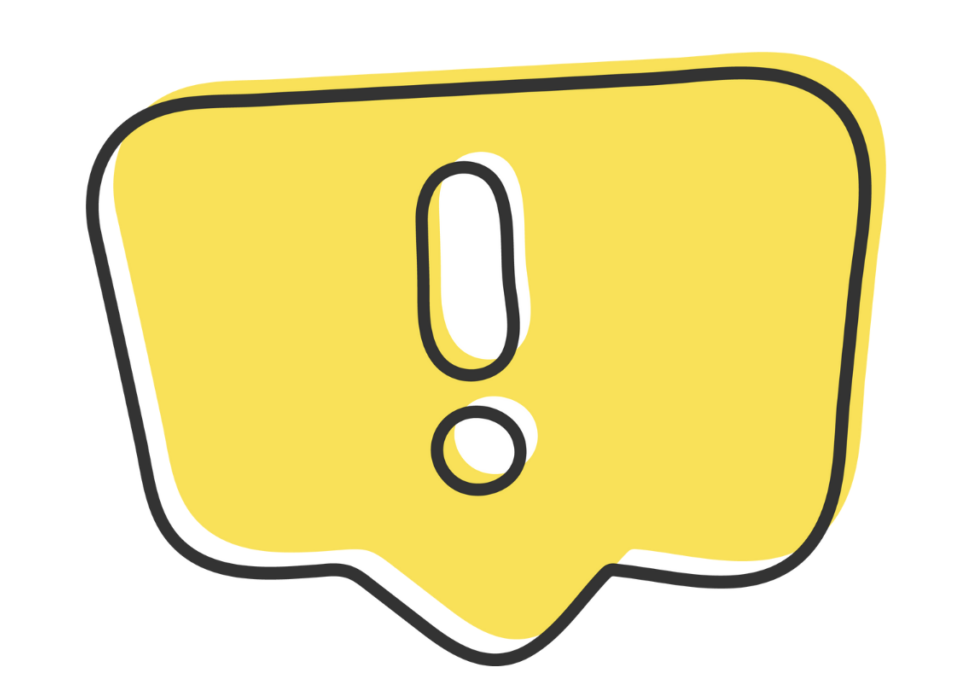
Why do we not see more problematization?
One reason is the way academia is structured. Many supervisors, reviewers, and journals prefer research that fits neatly into established theories. They want clear hypotheses, clear methods, and clear results that align with existing frameworks.
Problematization does not always fit that mold. It is less predictable and it can be uncomfortable because it questions the foundations of an entire field. In doing so, it can also challenge the perspectives of the very people reviewing your work.
That makes it riskier, but it also makes it far more powerful. Problematization can open new ways of thinking, reveal hidden assumptions, and push a field forward in ways that gap-spotting alone cannot.
As Alvesson and Sandberg put it, “The most interesting theories are not generated by filling research gaps, but by questioning what we take for granted.”
Why it matters for you as a student
If you use problematization well, you are not just showing that you can find a topic and collect data. You are showing that you can think critically, work with theory, and challenge assumptions. That is the kind of intellectual work that can set you apart from other students.
Yes, it might not be the easiest approach. And yes, it might surprise your supervisor if they were expecting something more straightforward. But if you think it through, justify your approach clearly, and execute it well, you can produce work that is not only academically sound but genuinely thought-provoking.
And that can make all the difference, not just for your grade, but for how your work is remembered.

